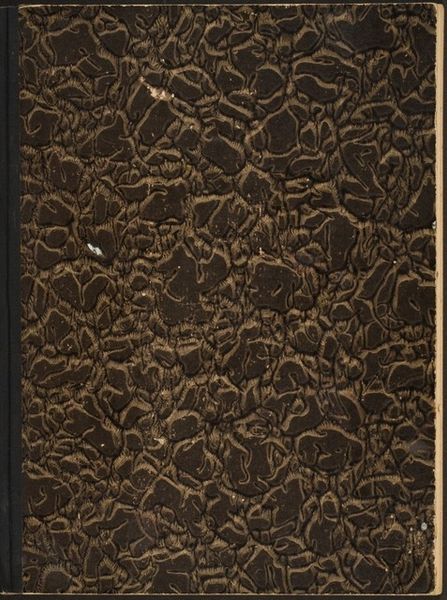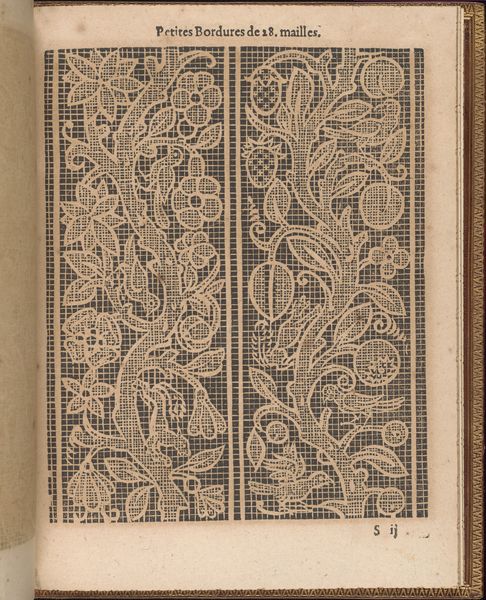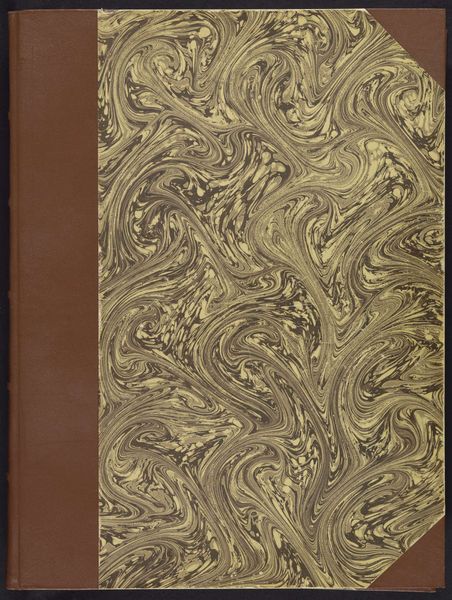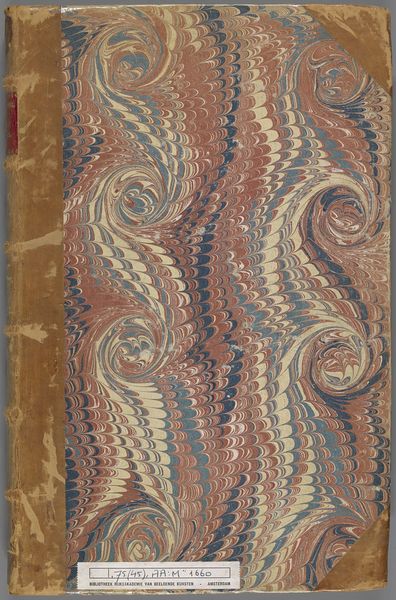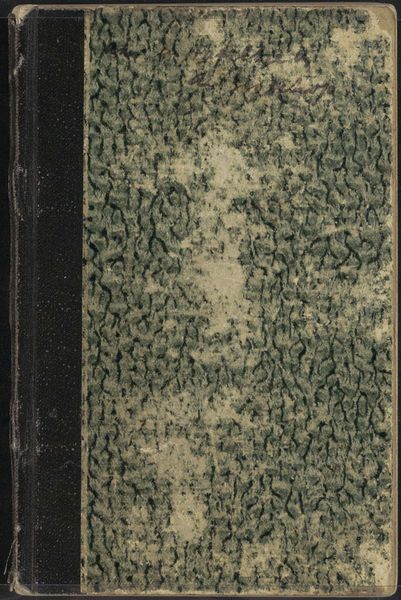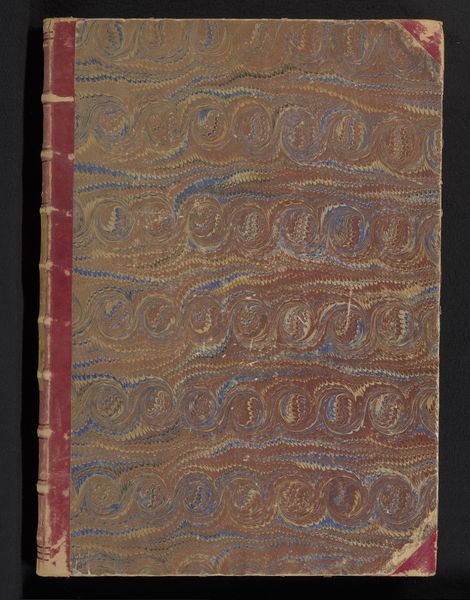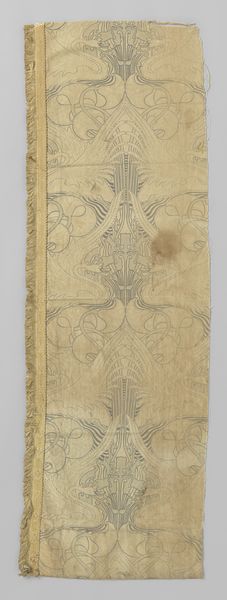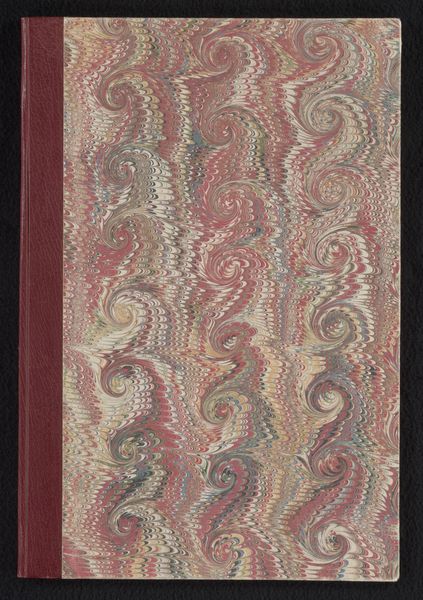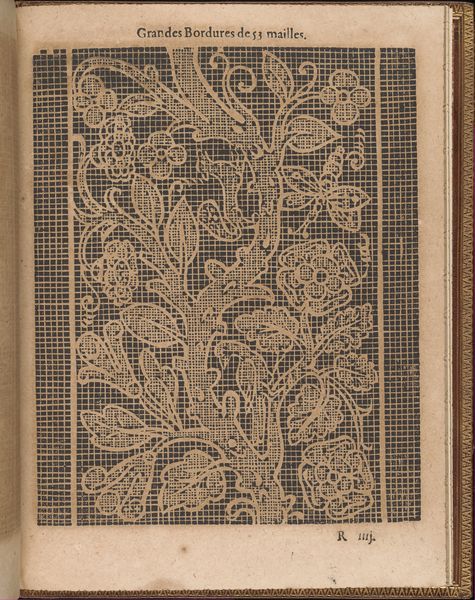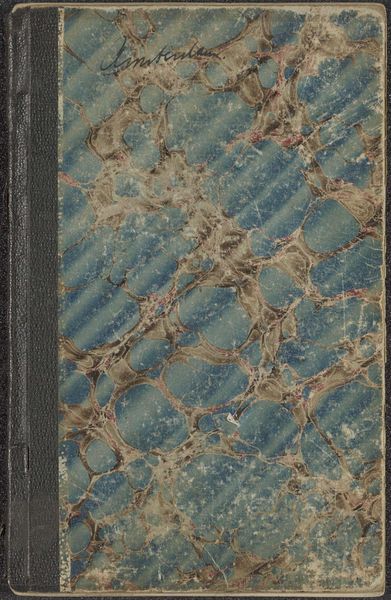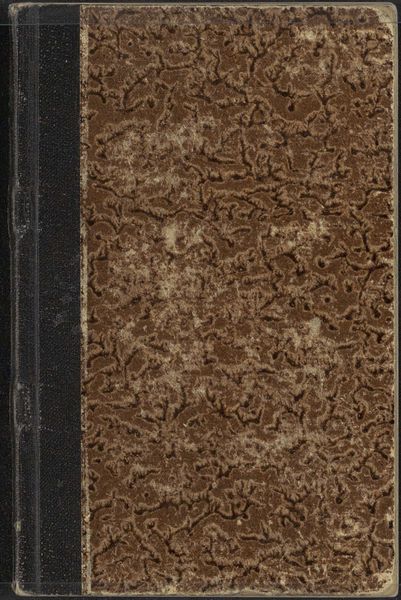
graphic-art, print, paper, woodcut
#
graphic-art
#
toned paper
#
organic
# print
#
paper texture
#
paper
#
organic pattern
#
expressionism
#
woodcut
#
pattern repetition
Dimensions: book: 30 x 22.5 x 2 cm (11 13/16 x 8 7/8 x 13/16 in.)
Copyright: National Gallery of Art: CC0 1.0
Curator: Let's examine "Septemberschrei (September Cry)" by Ludwig Meidner, a woodcut print from 1920. What strikes you initially about this piece? Editor: The raw texture grabs me—you can almost feel the wood grain pressing through the paper. It's a really earthy quality that makes it feel both ancient and immediate. Curator: Absolutely, there's a powerful sense of primal energy here. Meidner was associated with the Expressionist movement, and this image definitely echoes the anxieties and uncertainties that permeated post-World War I Germany. We can observe these in patterns that, in some cultures, point to "suffering eyes" staring out towards us, perhaps symbolic of cultural or physical wounds. Editor: The method, the woodcut itself, becomes critical to the artwork. Woodcuts are inherently about removal—the artist carves away what isn't necessary, leaving the remaining wood to bear the image. That's labor right there; you see this raw texture and you can’t help but be aware of the making and the materiality of the wood and of the print itself. Curator: I think you're right. The image carries a heavy symbolic burden—loss, anguish. It is important that Meidner chose woodcut to portray what many feared and felt during that period of crisis, and this can only highlight the historical trauma we all keep locked in cultural memory. The swirling shapes are dizzying! Editor: And the decision to print on what appears to be toned paper amplifies that feeling. It isn’t a pristine white background; there's a sense of age, of something already lived and perhaps slightly tarnished. Almost like newsprint, ephemeral and destined to degrade over time, despite containing images of crisis with long-lasting effect. Curator: It all builds this image up as both something new yet very old: that constant play of memory through symbolic figures. It almost doesn't matter what medium the artists would have employed to reveal something that important about what humans think and feel. I find that idea hopeful. Editor: Well, to me it’s about an artistic practice. An art produced not in spite of difficulty but because of it. Maybe we both find our own unique forms of hope in its raw materiality, in its creation through the active removal, the carving away. Curator: Perhaps our commonality ends there. A worthwhile perspective indeed. Thank you!
Comments
No comments
Be the first to comment and join the conversation on the ultimate creative platform.

